Technological Innovations in Packaging
Technological advancements are playing a crucial role in shaping the Thermal Insulated Bubble Wrap Market. Innovations in materials science and manufacturing processes have led to the development of more effective thermal insulation solutions. For instance, the introduction of multi-layered bubble wrap has improved insulation properties, making it more efficient for temperature-sensitive shipments. Additionally, advancements in production techniques have enabled manufacturers to reduce costs while enhancing product quality. Market analysis suggests that the adoption of these technologies could lead to a reduction in production costs by up to 20%, thereby increasing profit margins for companies in the Thermal Insulated Bubble Wrap Market. As a result, businesses are likely to invest in these innovations to remain competitive.
Expansion of E-commerce and Online Retail
The ongoing expansion of e-commerce and online retail is a pivotal driver for the Thermal Insulated Bubble Wrap Market. As more consumers opt for online shopping, the need for secure and efficient packaging solutions has intensified. E-commerce businesses are particularly focused on ensuring that products arrive in pristine condition, which necessitates the use of high-quality thermal insulation materials. Recent data indicates that e-commerce sales have seen a substantial increase, with projections estimating a growth rate of approximately 15% annually. This surge in online transactions is likely to propel the demand for thermal insulated bubble wrap, as retailers seek to protect their products during transit. Thus, the Thermal Insulated Bubble Wrap Market stands to benefit significantly from this trend.
Regulatory Compliance and Safety Standards
The Thermal Insulated Bubble Wrap Market is significantly influenced by regulatory compliance and safety standards. Governments and regulatory bodies are increasingly implementing stringent guidelines to ensure the safe transportation of temperature-sensitive goods. This has created a pressing need for packaging solutions that meet these regulations, thereby driving demand for thermal insulated bubble wrap. Companies that fail to comply with these standards risk facing penalties and damage to their reputation, which further emphasizes the importance of investing in compliant packaging solutions. Recent reports indicate that adherence to safety regulations can enhance operational efficiency by up to 30%, making it a vital consideration for businesses in the Thermal Insulated Bubble Wrap Market. Consequently, the focus on regulatory compliance is likely to propel market growth.
Rising Demand for Temperature-Sensitive Products
The Thermal Insulated Bubble Wrap Market is experiencing a notable increase in demand for temperature-sensitive products, particularly in sectors such as pharmaceuticals and food. As consumers become more health-conscious, the need for effective temperature control during transportation has surged. This trend is reflected in the growing number of regulations aimed at ensuring product integrity, which in turn drives the demand for thermal insulation solutions. The market for temperature-sensitive shipments is projected to expand significantly, with estimates suggesting a compound annual growth rate of over 10% in the coming years. Consequently, manufacturers are increasingly investing in thermal insulated bubble wrap to meet these evolving requirements, thereby enhancing their competitive edge in the Thermal Insulated Bubble Wrap Market.
Increased Focus on Sustainable Packaging Solutions
The Thermal Insulated Bubble Wrap Market is witnessing a shift towards sustainable packaging solutions, driven by heightened environmental awareness among consumers and businesses alike. Companies are increasingly seeking eco-friendly alternatives to traditional packaging materials, which has led to innovations in the production of thermal insulated bubble wrap. Many manufacturers are now exploring biodegradable and recyclable options, aligning with global sustainability goals. Recent surveys indicate that a significant percentage of consumers are willing to pay a premium for sustainable packaging, suggesting a lucrative opportunity for businesses in the Thermal Insulated Bubble Wrap Market. This trend not only addresses environmental concerns but also enhances brand reputation, making it a critical driver for market growth.


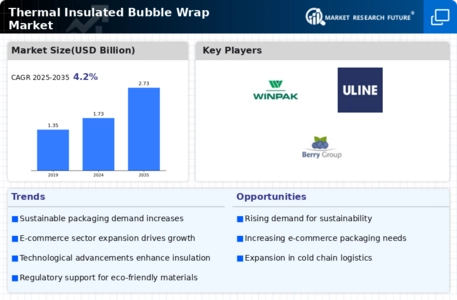


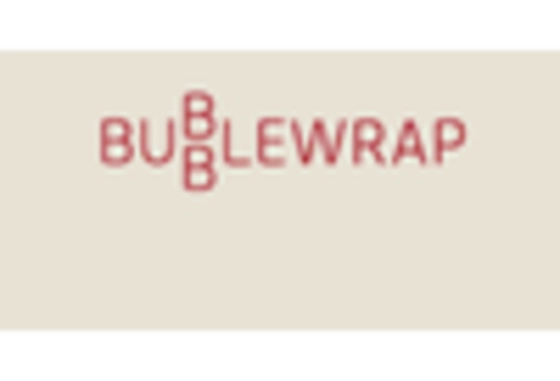

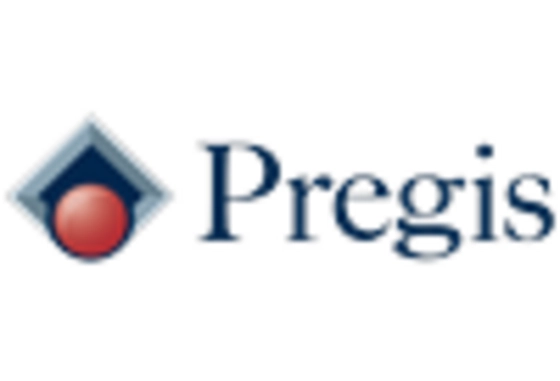
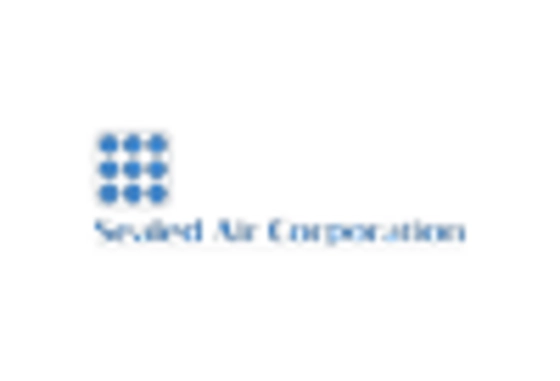
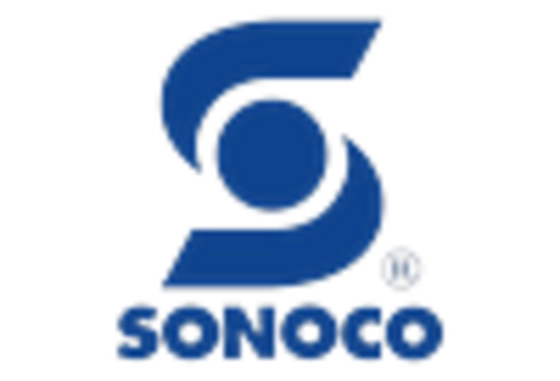








Leave a Comment